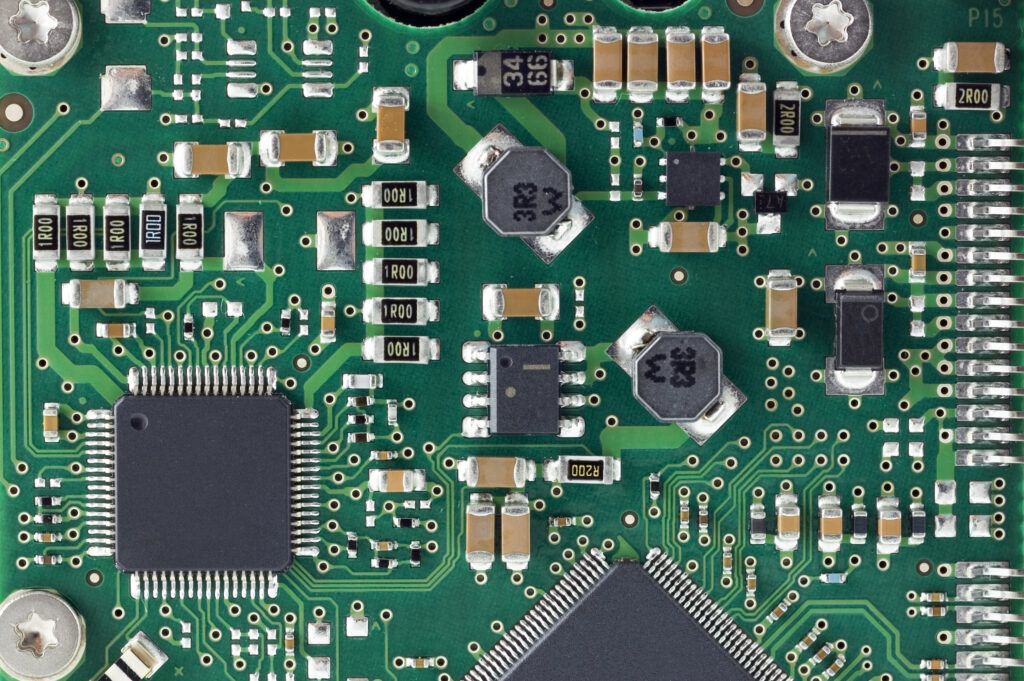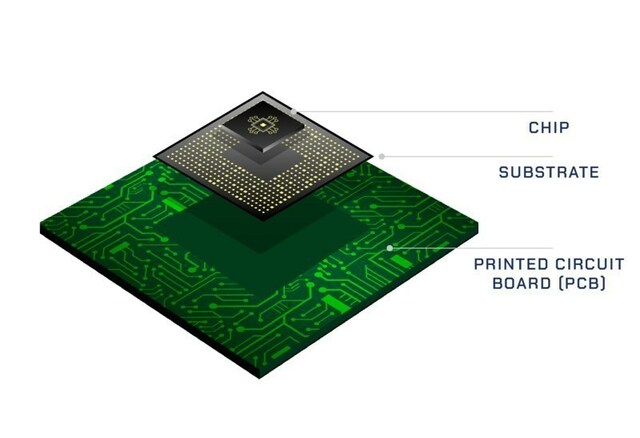
A bipartisan bill would incentivize domestic printed circuit board manufacturing and research and development.
With the passage of the CHIPS and Science Act, Congress and the Biden administration took a bold and necessary step to advance America’s global leadership in the technologies of the future. Almost a year later, the United States has seen the fruits of that labor, but there’s more work to be done.
Since CHIPS became law in August 2022, companies have privately invested more than $210 billion across 20 states and announced more than 50 new semiconductor projects and 44,000 jobs in the United States semiconductor ecosystem.
Now, Reps. Anna G. Enshoo (D-Calif.) and Blake Moore (R-Utah) are calling for America to take the next step in strengthening its microelectronics supply chain. The bipartisan duo introduced legislation Thursday to boost domestic printed circuit board (PCB) production.
So, let’s break down what PCBs actually are and why they’re so important. Though semiconductors are the powerhouses of virtually all advanced technology, from cars to smartphones to medical equipment, computer chips cannot work together or with other components until they are assembled onto a PCB, the often green-colored material seen in images of computer chips. PCBs serve as both a map and a roadway for semiconductors. And, America is alarmingly reliant on foreign suppliers for them.

“Remember, chips don’t float. They need PCBs to connect to any electronic device,” said Printed Circuit Board Association Chairman Travis Kelly, who joined The Manufacturing Report podcast last year. “With production of American-made semiconductors ramping up, PCBs are a key ingredient in revitalizing the nation’s microelectronics ecosystem. Without a robust domestic supply chain, we have become almost entirely reliant on foreign suppliers for the PCBs we need.”
At one time, the U.S. produced more than 26% of the word’s PCBs, but, over the past two decades, domestic PCB production has shrunk to barely 4%. Meanwhile, 90% of the world’s PCB supply comes from Asia, and 56% comes from China alone. This dominance is no coincidence.
In a joint 2022 supply chain review, the Commerce Department and the Department of Homeland Security detailed Beijing’s rapid rise as a PCB producer through massive subsidies. The report noted that American PCB manufacturers are “often older than their Asian counterparts” and face a “catch-22 situation where inefficiencies prevent them from winning significant projects, yet the plants cannot upgrade for efficiency without more capital from significant projects.”
The Protecting Circuit Boards and Substrates Act aims to resolve this dilemma. The bill would establish a $3 billion program, modeled on the CHIPS and Science Act, to fund U.S. PCB factory construction, workforce development and R&D. Additionally, the legislation would provide a 25% tax credit for the purchase of American-made PCBs.
Moore said:
“Now is the moment for Congress to take decisive action by furthering robust legislation to reshore our manufacturing, strengthen our supply chains, and prioritize national security. The Protecting Circuit Boards and Substrates Act provides a tried and true approach to incentivizing American companies to produce printed circuit boards here at home, which will maintain the integrity of military and national security commercial materials, boost our economy and workforce, and usher in a new era of American manufacturing. The progress we have made on semiconductors is a significant step in the right direction, but congressional support for the entire microelectronics ecosystem is needed to reduce reliance on China.”
Eshoo added:
“Printed circuit boards (PCBs) are critical components of almost every piece of electronics used today,” said Congresswoman Eshoo. “However, over the past two decades, a vast majority of PCB manufacturing has moved offshore, making PCBs vulnerable to tampering by foreign adversaries, and only 4% of PCBs are manufactured in the United States. If we want to ensure technological superiority across the global stage and strengthen national security, we need to bring PCB production back to America, which is exactly what my bipartisan bill does.”
